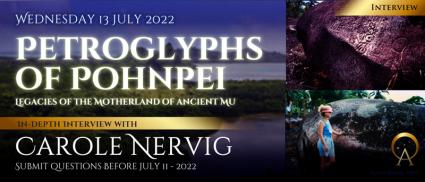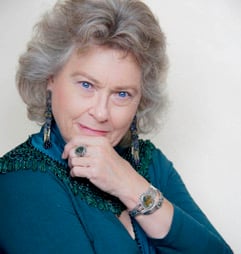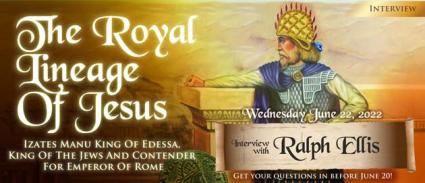The myth of Aeneas has him as a hero who escaped the sacking of Troy, carrying his father Anchises from the burning city; the hero visits Dido of Carthage and finally becomes the founder of Rome. He is the subject of Virgil’s Aeneid and in Homer’s Iliad he recites his illustrious pedigree to Achilles:
‘Learn then my lineage if you will – and it is known to many – in the beginning Dardanos was the son of Zeus, and founded Dardania, for Troy was not yet established on the plain for men to dwell in, and her people still abode on the spurs of many-fountained Ida. Dardanos had a son, king Erichthonius, who was wealthiest of all men living; he had three thousand mares that fed by the water-meadows, they and their foals with them… Erichthonius begat Tros, king of the Trojans, and Tros had three noble sons, Ilos, Assaracus, and Ganymede who was comeliest of mortal men; wherefore the gods carried him off to be Zeus’s cupbearer, for his beauty’s sake, that he might dwell among the immortals. Ilos begat Laomedon, and Laomedon begat Tithonus, Priam, Lampus, Clytius, and Hiketaon… But Assaracus was father to Capys, and Capys to Anchises, who was my father.’
Author Anthony Adolph analyses all the Greek and Roman myths about Aeneas to create the biography of a character who, though heavily fictionalised, may well have been a real person. The author transports the reader on a fabulous journey in Aeneas’s footsteps through the archaeological sites of the ancient world, from Troy to Rome. He cuts through the complexities of the classical texts and academic papers, explaining what they say about Aeneas in straightforward terms. By rooting the myths in real places, he makes them more comprehensible, especially for newcomers to the story.
Rather than be daunted by Aeneas as a semi-divine, mythological figure, Adolph has approached him as any genealogist should treat an ancestor, seeking to understand him in the context of his family and the era, and builds on the growing academic view that the core of the Iliad is based on real events.
Join Ancient Origins Premium for the In-Depth Interview
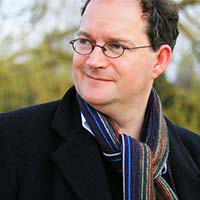
Anthony Adolph is a professional genealogist, broadcaster and writer of numerous books on ancestry and general history. Educated at St George’s College, Weybridge, he studied Medieval History at Durham University. Encouraged to pursue a career in genealogy by Sir Conrad Swan, York Herald of Arms (and later to become Garter Principal King of Arms), he studied from 1990 onwards at The Institute of Heraldic and Genealogical Studies under Cecil Humphery-Smith, O.B.E., F.S.A., who was proud to trace his ‘pedigree of learning’ back, teacher-by-teacher, to the great Stuart antiquarian, Sir William Dugdale (1605-1686). As a freelance professional genealogist, he provides a complete range of services from one-off searches to full scale projects to trace family trees, all over the British Isles and in many countries abroad, from the United States to Greece, and investigates all aspects of surname origins, heraldry, house histories and much more. He has presented TV shows such as Extraordinary Ancestors and Gene Detectives, along with Radio 4's Meet the Descendants. He is the author of In Search of Aeneas, Classical Myth or Bronze Age Hero
In-depth Interviews are available to our Gold Members. (It’s easy and quick to become a Gold Member – get immediate access to interviews, webinars, free eBooks, exclusive content, and so much more!)




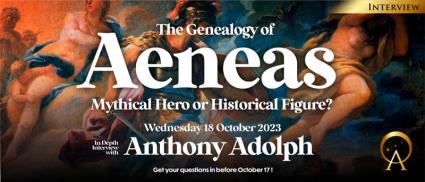
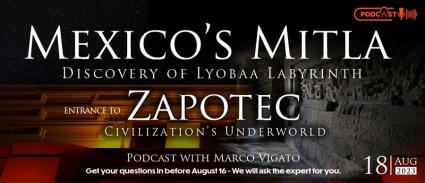

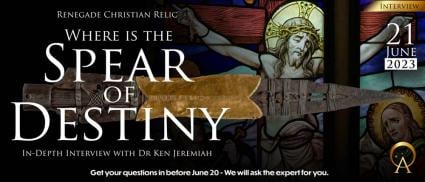

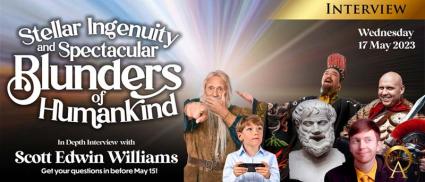
 Scott Edwin Williams is an optimistic smartass, writer, humorist, and history nerd. His fascination with humanity’s lightbulb moments began as a child while watching the first moon landing. The rest is… history. Scott splits his time between writing and making learning fun for his students. His offbeat style is the result of his obsession with the past, coupled with a deep love of the absurd. What else would you expect from an Australian who claims descent from a chicken thief and a bigamist? He lives in Sydney, Australia. He is the author of
Scott Edwin Williams is an optimistic smartass, writer, humorist, and history nerd. His fascination with humanity’s lightbulb moments began as a child while watching the first moon landing. The rest is… history. Scott splits his time between writing and making learning fun for his students. His offbeat style is the result of his obsession with the past, coupled with a deep love of the absurd. What else would you expect from an Australian who claims descent from a chicken thief and a bigamist? He lives in Sydney, Australia. He is the author of 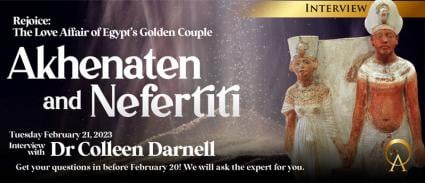
 Dr. Colleen Darnell is an Egyptologist and the former Marilyn M. and William K. Simpson Associate Professor of Egyptology at Yale University who has published widely in pharaonic history, religion, and literature. Her most recent book, co-authored with her husband Professor John Darnell is
Dr. Colleen Darnell is an Egyptologist and the former Marilyn M. and William K. Simpson Associate Professor of Egyptology at Yale University who has published widely in pharaonic history, religion, and literature. Her most recent book, co-authored with her husband Professor John Darnell is 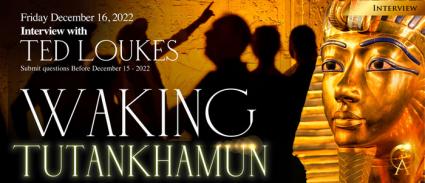
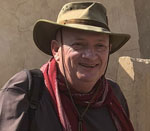
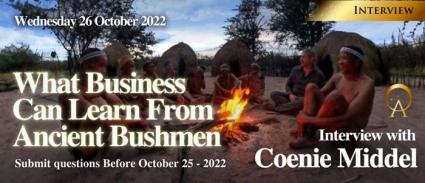


 Jennifer Saint grew up reading Greek mythology and was always drawn to the untold stories hidden within the myths. She read Classical Studies at King’s College in London and was a high school teacher for 13 years. Jennifer Saint is a Sunday Times bestselling author. Her debut novel, ARIADNE, was shortlisted for Waterstones Book of the Year 2021 and was a finalist in the Goodreads Choice Awards Fantasy category in 2021. ARIADNE tells the legend of Theseus and the Minotaur from the perspective of Ariadne - the woman who made it happen. In her latest novel
Jennifer Saint grew up reading Greek mythology and was always drawn to the untold stories hidden within the myths. She read Classical Studies at King’s College in London and was a high school teacher for 13 years. Jennifer Saint is a Sunday Times bestselling author. Her debut novel, ARIADNE, was shortlisted for Waterstones Book of the Year 2021 and was a finalist in the Goodreads Choice Awards Fantasy category in 2021. ARIADNE tells the legend of Theseus and the Minotaur from the perspective of Ariadne - the woman who made it happen. In her latest novel 